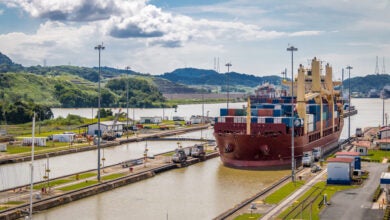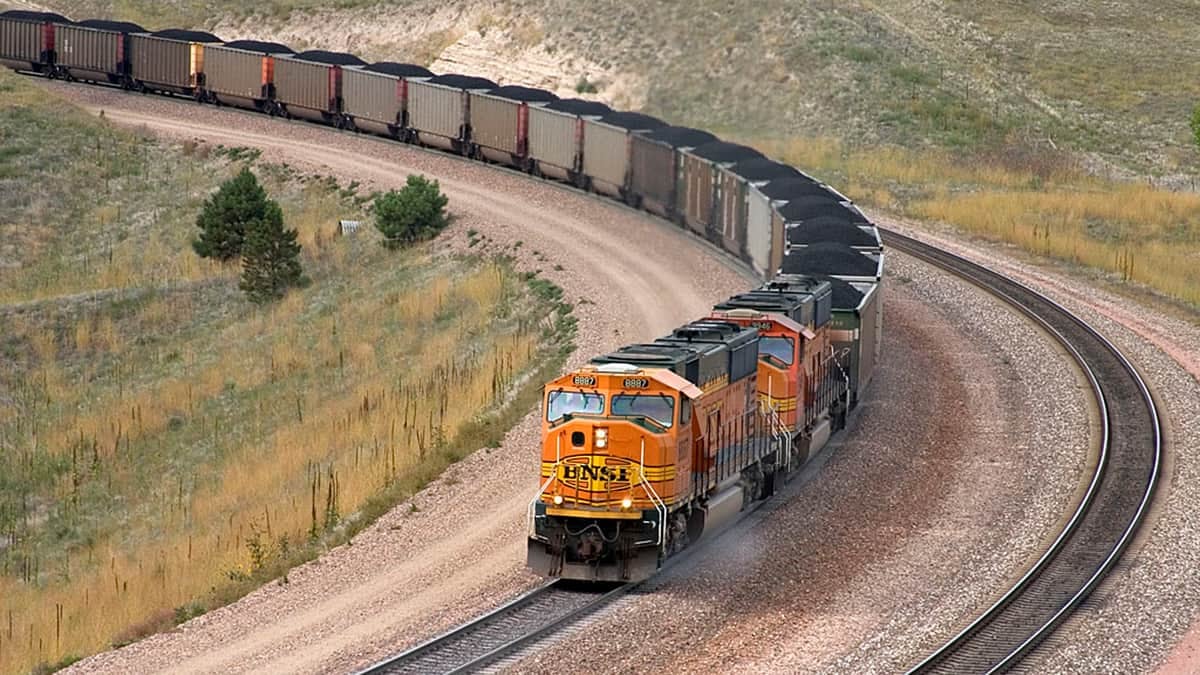Trump revokes duty-free access for Chinese e-commerce shipments
The Trump administration is ratcheting up regulation of e-commerce shipments from China by removing a pathway for duty-free, expedited entry that critics say has been exploited by drug gangs and counterfeiters to smuggle illegal products into the U.S.










































































































